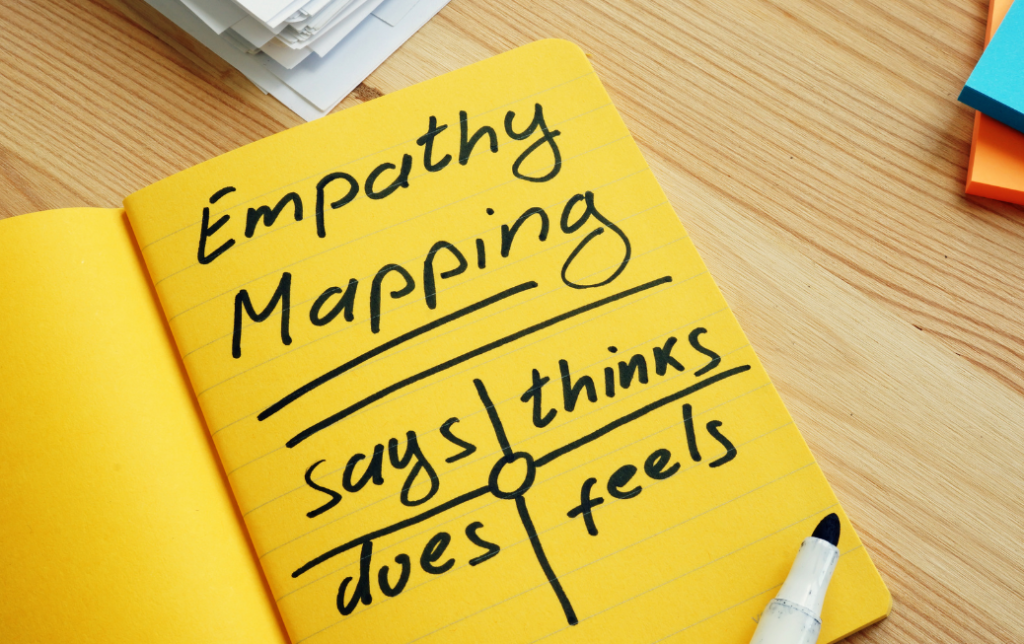When people hear the word restraint, they often think of physical control—holding someone back to prevent harm. In some physical settings, restraint may indeed be required. But in communication and conflict situations, the more important skill is emotional restraint.
Emotional self-regulation is the ability to pause, ground yourself, and choose your response rather than being swept away by reactivity. It’s the difference between escalating conflict and transforming it into connection.
Nonviolent Communication (NVC) offers a powerful framework for this kind of inner restraint. Instead of suppressing emotions or lashing out, NVC teaches us to notice our feelings, connect them to our needs, and respond with clarity and compassion.
Why emotional restraint matters
When we’re provoked, our nervous system reacts instinctively. The amygdala—our brain’s “alarm system”—activates fight, flight, or freeze responses. In tense conversations, that might look like snapping back, withdrawing, or shutting down.
The problem? These reactions often make things worse. They can damage trust, shut down dialogue, and leave us regretting what we said in the heat of the moment.
Neuroscience research offers hope: naming emotions as they arise can reduce physiological stress by 27% (UCLA Mindful Awareness Centre). Simply saying to yourself, “I feel anxious” or “I feel angry” activates the brain’s prefrontal cortex—the part responsible for reasoning and self-control. This gives us a few precious seconds to choose restraint over reactivity.

Three steps to restrain reactivity with NVC
- Self-empathy
Take a moment to acknowledge what’s happening inside you. For example:
“I’m feeling frustrated right now because I value respect and clarity.”
By linking your emotions to unmet needs, you shift from blame to self-awareness. - Pause
Before responding, breathe. Even a short pause—counting to five, taking a sip of water, or grounding your feet on the floor—can prevent reactive words from spilling out. - Respond
Once calm, you can choose words that invite dialogue instead of defensiveness. For example:
“I’d like us to try again from a calmer place—would that work for you?”
This sequence isn’t about suppressing emotions. It’s about creating enough space to express them constructively.

The impact of practicing restraint
Real-world data shows the difference self-regulation can make.
- 34% reduction in classroom conflicts*: Schools implementing NVC principles reported a significant drop in disruptive incidents, showing that restraint and self-awareness ripple out into group dynamics.
- Greater confidence in conflict: Educators and professionals alike report that practicing emotional regulation increases their presence, influence, and ability to de-escalate tense situations.
These outcomes aren’t just for teachers—they apply to managers, parents, partners, and anyone who faces tension in daily life. When you regulate yourself, you set the tone for the whole interaction.
*https://vnetcic.com/reduce-classroom-conflict-by-34/?utm
Everyday examples of restraint holding
- At work: Instead of firing off an email in frustration, you draft it, pause, and revisit it later with clearer perspective.
- At home: When a family member raises their voice, you resist the urge to match their volume, choosing instead to lower yours.
- In public spaces: If someone cuts you off in traffic, you notice your anger, breathe, and release it without leaning on the horn.
Each of these moments is an act of quiet strength. They prove that restraint is not weakness—it’s a conscious choice that protects relationships.
#SelfRestraint #MindfulCommunication #NVC #NCVAwareness




